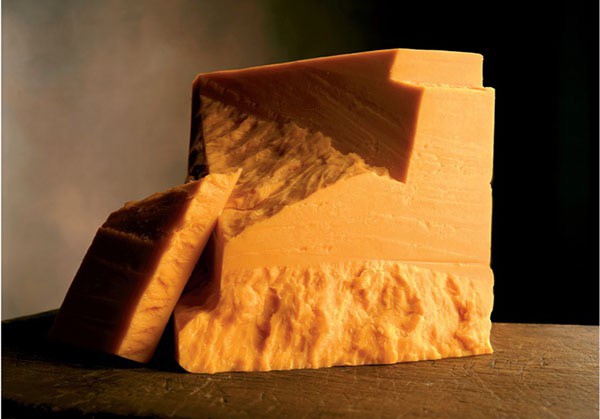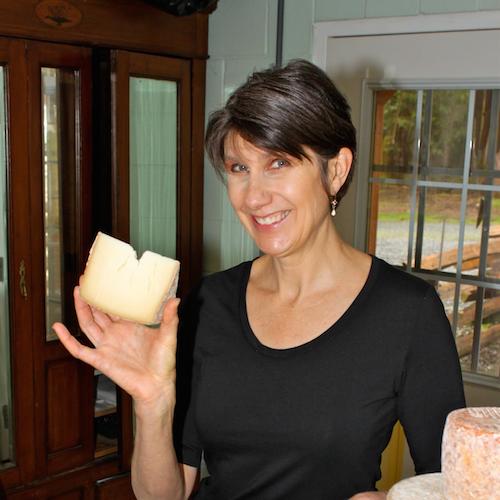
People often talk about how “sharp” a cheese is. What is sharpness, exactly?
“Sharp” is a colloquialism. Typically we don’t use it when judging or grading cheese, and it has no legal definition. You’ll hear it most often in the context of cheddar, where it’s sometimes synonymous with “aged.” For example, young cheddars are called “mild,” while those over a few months old might be called “sharp” or “extra sharp.”
While the word is also interchanged erroneously with qualities such as “tangy,” “sour,” and “acidic,” descriptions of sharpness might recall a completely different notion: that of “bite,” according to cheesemonger Gordon Edgar, author of Cheddar: A Journey to the Heart of America’s Most Iconic Cheese (Chelsea Green Publishing, 2015). Research indicates that aged cheddars described as “sharp” contain more bitter peptides that shape flavor. A little bit of bitterness enhances this pleasant bite.
Of course, the concept of sharpness varies among individuals—but so do other cheese descriptors. Talking about cheese is an ever-evolving practice of building vocabulary. Beyond sharpness, try to sense bitterness, acidity, and subtle aromas while nibbling—you may find other words to express what your taste buds are telling you.




